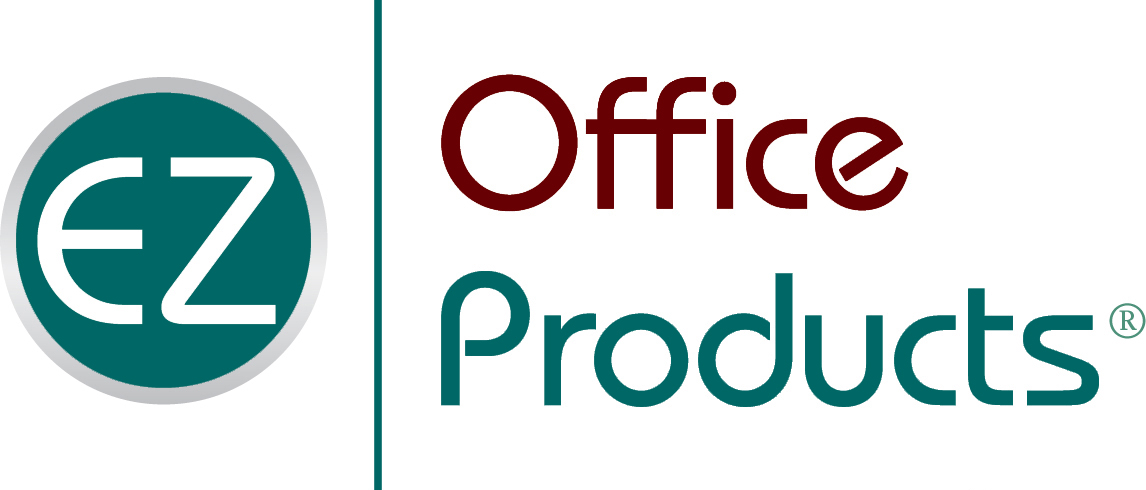REVIEW THESE TIPS FOR A SUCCESSFUL RETURN TO THE OFFICE.

After nearly a year of working from home and following pandemic protocols, returning to the workplace after COVID-19 will be a challenge for most. Preparing employees for a return to the office next year is about more than rearranging desks and stocking up on hand sanitizer (though these are, of course, essential steps to creating a safe and socially-distance office space!).
There are several things employers can start doing now to ensure a smooth transition back to the office that will keep employees safe, comfortable, and happy.
- Make a plan—and share it
- Listen and evaluate
- Be open to new ideas
- Promote mental and physical health and wellness
Keep reading for more on these tips for returning to the workplace after COVID-19.
MAKE A PLAN—AND SHARE IT
Employers should begin planning and preparation now, before anyone is back at their desks, and communicate what is happening at each step so employees know what to expect and can ask questions.
For example, share what you’re doing to reimagine shared spaces, from furniture configurations to safety barriers between cubicles. Explain how you’re stocking up on virus-fighting supplies and what will be made available to employees. Describe how you’re changing or implementing new cleaning and sanitation procedures, such as temperature checks or distributing personal protective equipment.
Consider a phased approach to bringing staff back, starting with essential teams, such as IT or facilities. Other employees may want or need to stay at home, including those who are vulnerable to the virus or live with someone at higher risk; determine whether you can allow for specific teams or roles to work from home indefinitely, should they choose to do so.
Finally, create a contingency plan. Despite your best efforts, a spike in COVID-19 cases could derail even the most detailed return to work plan. Allow for flexibility in your back-to-work preparations.
LISTEN AND EVALUATE
Everyone is experiencing this pandemic in a unique way, so it only makes sense that returning to the workplace after COVID-19 will affect each employee differently. Challenges range from child and family care to technology to an individual’s comfort level being back in a physical space with others.
Encourage managers and supervisors to have honest conversations with their teams or conduct focus groups or surveys. Ask for feedback on new policies and procedures to assess whether they’re workable for most or may harm productivity and morale in the long run.
While planning your post-COVID-19 workspace, it’s a good time to reevaluate your team’s technology and communication needs, whether you’re entirely in-person, fully remote, or engaging in a new hybrid model (a mix of both remote and in-office workers). Even if all employees are back in the office, they may still need to use instant messaging apps or video conferencing to safely remain at least six feet apart.
BE OPEN TO NEW IDEAS
As mentioned above, many companies are exploring a hybrid work model, giving employees a choice of how, where, and when they work. Offering flexible options may be the best way to keep everyone safe and happy during this transition.
Alternative staffing arrangements could also include a rotational work schedule—similar to how many school districts are operating—where employees switch off working remotely and working in the office to minimize the total number of people in the building at one time. Another popular option we are hearing from our customers is splitting shifts.
Finally, assess and adopt new technology tools for collaboration or improved cloud storage solutions for secure remote access. There is no better time than now to explore new and improved ways of working.
PROMOTE MENTAL AND PHYSICAL HEALTH AND WELLNESS
More than ever, what people want most from their employers is empathy. It’s risky to expect all employees to enthusiastically show up at work on day one or threaten repercussions for those who won’t or can’t for varying personal reasons. Listen, ask questions, and demonstrate that you understand this is a difficult time and consider everyone’s well-being in your planning.
First, you are accountable, and it is your responsibility for keeping workers physically safe. Continue to remind everyone about proper hygiene practices, from the conference room to the breakroom to the bathroom. Educate employees about the symptoms of COVID-19 and encourage anyone experiencing them to quarantine and get tested. Explain to employees the procedures for letting their team leader know if they need to take a sick day or extended leave.
To help employees with mental health, encourage teams to engage face-to-face as much as possible, especially if you end up with a mix of in-office and at-home workers. Ensure no one is left out or punished based on where they are getting the job done. Introduce or maintain team building activities, such as icebreakers, online games, or virtual happy hours. Try taking some time to teach people about meditation or stress-relieving breathing techniques. Keep morale high and support employees who are feeling disconnected.
Returning to the workplace after COVID-19 may feel overwhelming, but we have plenty of tips on how to get back to work safely on our blog.
Explore our online catalog for all the supplies you need to keep employees safe and comfortable during the pandemic and the transition back to work, from face masks and disinfectant spray to new conference room furniture. Our local customer concierge team is on call and ready to help you set up your business account today at (608) 310-4300.
